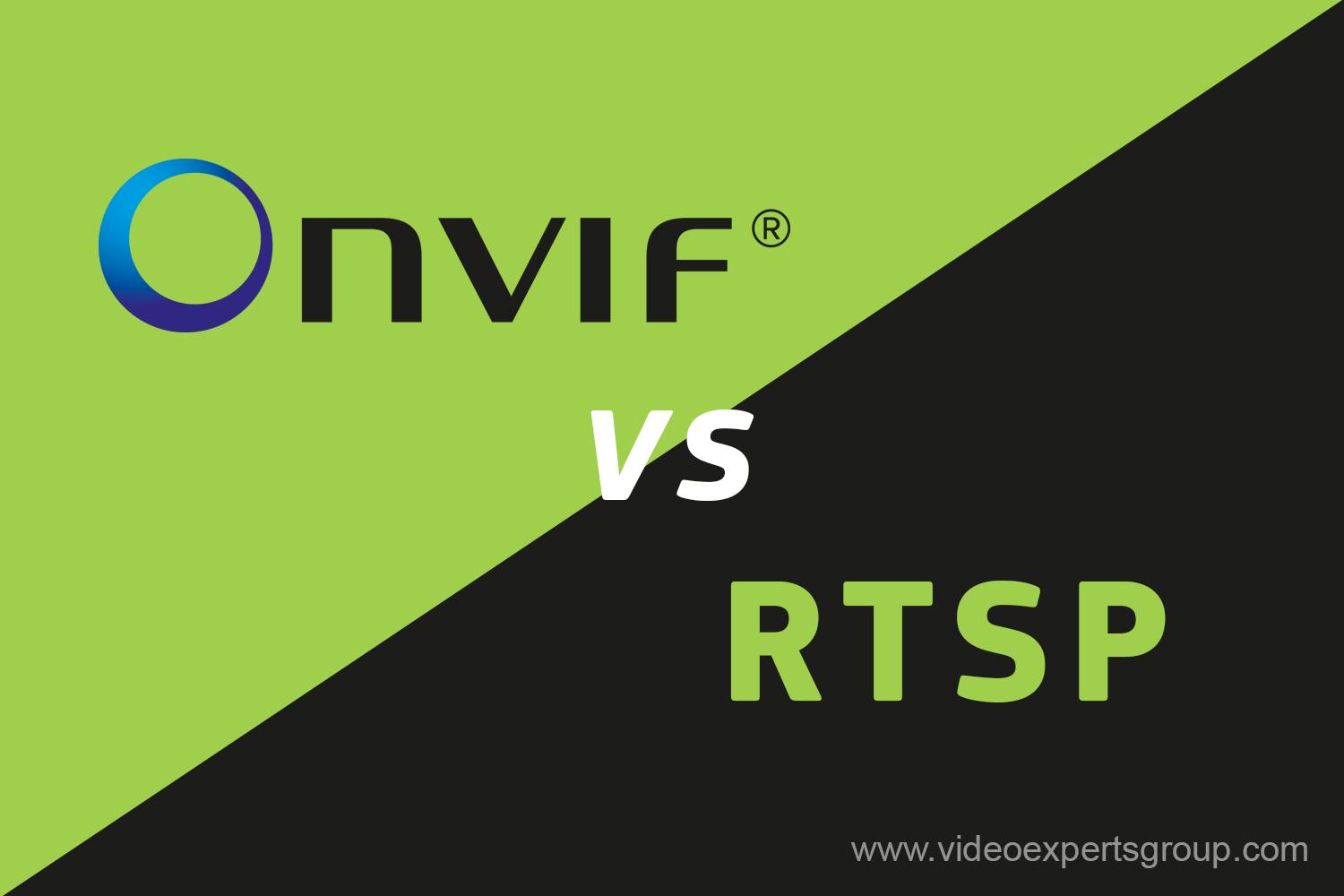Which is better ONVIF or RTSP?
Real time video surveillance and video content/data analysis for effective decision-making is a major trend today. Many companies use image and video data from their security cameras for observations, object detection, analysis and performing actions based on this analysis. A stable video stream and reliable connection to cameras is pivotal to a modern video surveillance solution.
There are two types of protocols commonly used in security and video surveillance to establish surveillance system connections, these are ONVIF and RTSP. However, these two protocols different in various aspects. So which protocol to choose ONVIF or RTSP?

What is ONVIF?
ONVIF is a specification standard for interoperability among video surveillance products that allows different vendors to work with one another's hardware.
What is RTSP?
RTSP (Real Time Streaming Protocol) is a procedure that enables multimedia streaming on the Internet, and helps in establishing and controlling sessions between two or more devices in a network.
Open Network Video Interface Forum (ONVIF) protocol, on other hand, has been developed to ensure compatibility between several surveillance and security devices for smooth operation in a network. In short, ONVIF can be seen as a bridging protocol. An ONVIF connection is an IP-based protocol that can be used by NICs, servers, network devices, and mobile devices. The RTSP protocol is a UDP protocol that is mainly used for streaming video or audio over a network connection.
What is the difference between ONVIF and RTSP?
The main difference between ONVIF and RTSP is the use case of both protocols. ONVIF was designed for system integration and interoperability and is mainly used for establishing surveillance systems. Whereas RTSP can be used in other applications such as streaming audio/video or live broadcast - multi-platform content distribution.
RTSP is an application layer protocol that manages transmission of multimedia data. It is signaling protocol that ensures establishment of data transmission sessions. RTSP uses many methods to maintain the steaming.
ONVIF protocol is developed by ONVIF for unifying the standards across all the manufacturers and vendors. The purpose of this protocol is to make the exchange of video resources easy for all. This enables law enforcement agencies, surveillance companies, monitoring centers and other organizations to quickly and successfully access the live and stored video or image data.
ONVIF also provides more enhanced features and control function to manage and operate IP cameras and I/O devices, including the following:
Controls camera pan, tilt, and zoom functions.
Controls recording on the device or on an external storage device.
Controls digital zooming.
Controls pixel format conversion.
Supports live viewing and playback in different resolutions such as RTSP or MPEG4. RTSP is only valid for network usage. ONVIF also includes an ability to set up either secure or non-secure streams for moving images with encryption (TCP) or without encryption (UDP).
The communication between client and the bridge servers is done by using two ports: ONVIF Port 580 and RTSP Port 554. ONVIF Port 580 is used by the client to submit the request for video streaming. On the other hand, RTSP Port 554 is used by ONVIF Bridge to stream the video to ONVIF Clients.
Which is better ONVIF or RTSP?
In summary, RTSP is a media streaming protocol that has limited control on how this streaming shall be done. Whereas, ONVIF protocol is to ensure compatibility of various surveillance devices (ex. IP cameras, centralized servers and storage devices through bridging servers). ONVIF is quickly and widely becoming the popular and universal protocol for streaming in video surveillance. ONVIF is based on RTSP so, by definition, more systems will support RTSP than ONVIF. However, ONVIF adds lots of advanced functionalities (camera configuration, authentication, VMD, PTZ control, i/o, etc.) beyond the basic streaming that RTSP supports.
